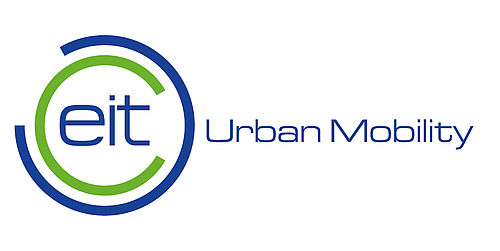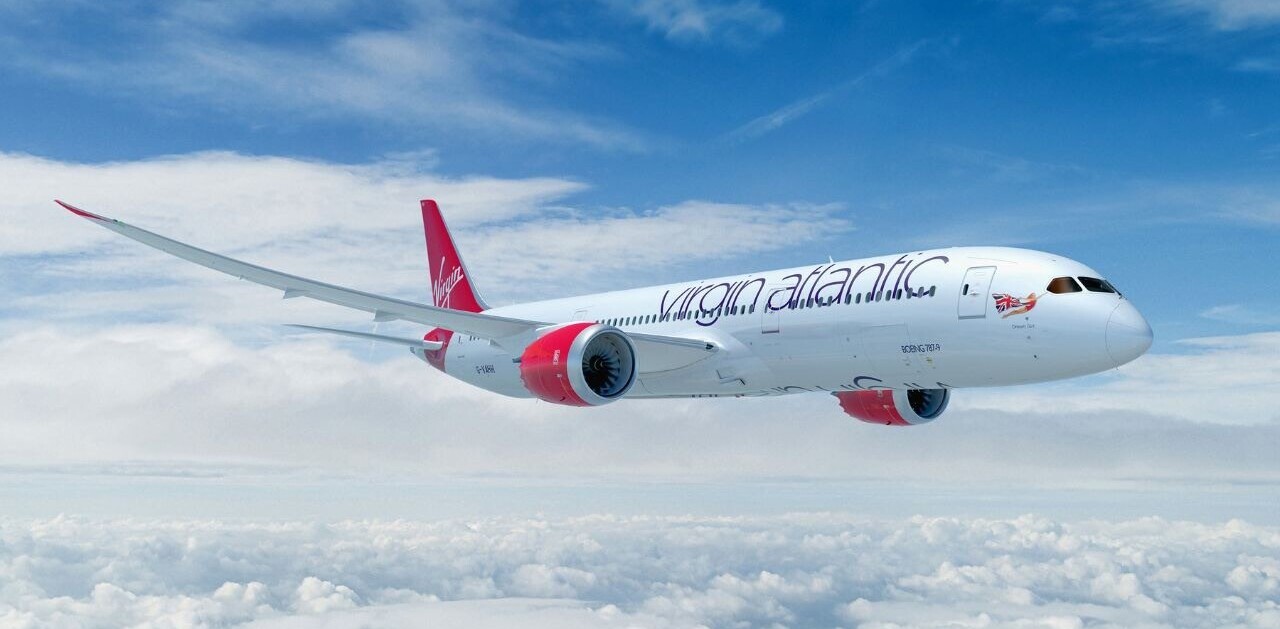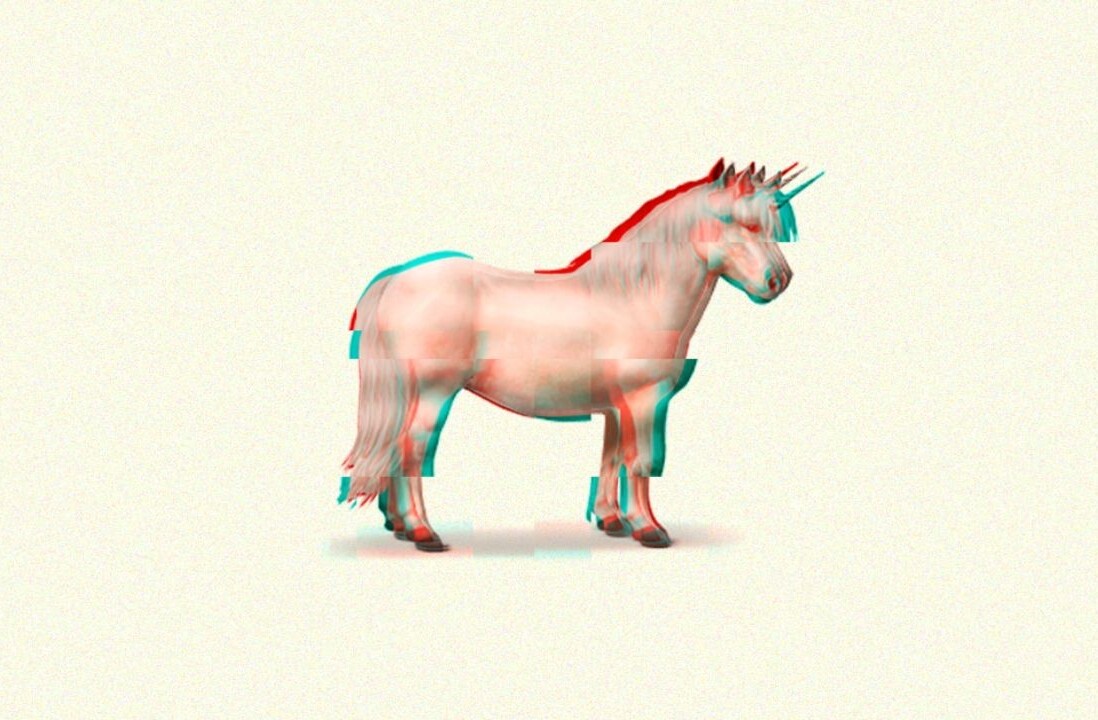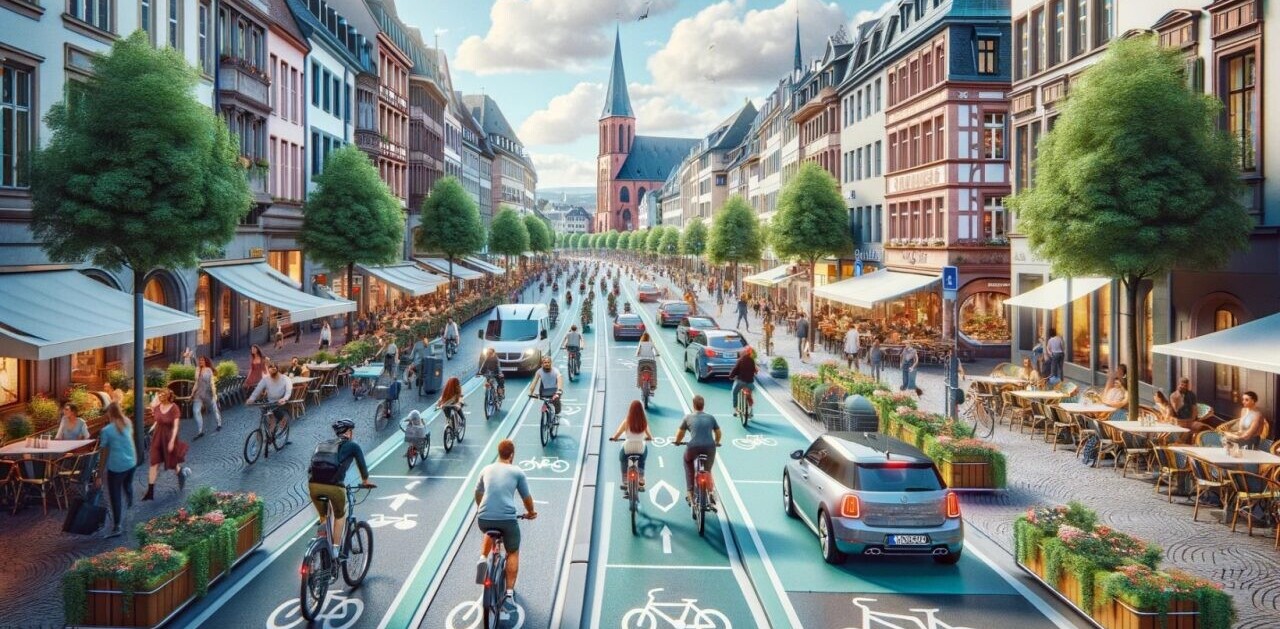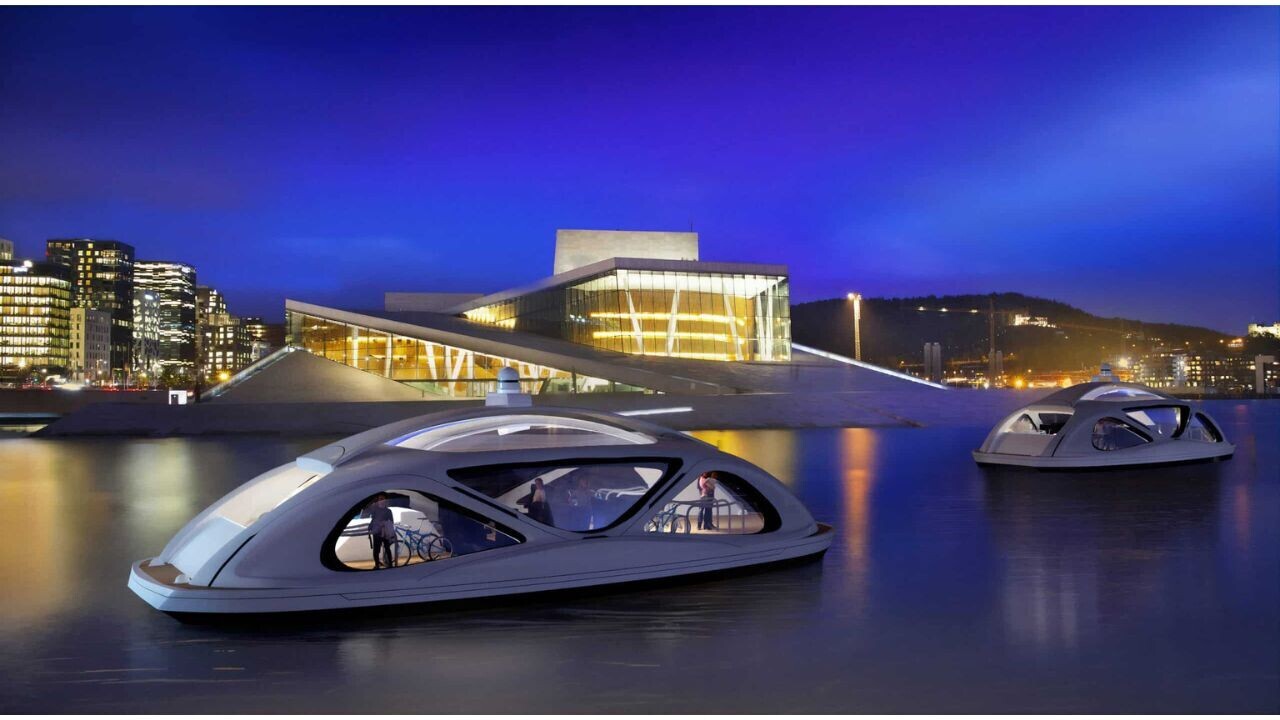
While the glittering lights of Europe’s cities hold the promise of new opportunities, ideas, and fun, they also hold smog and a growing air pollution problem. Not to mention the fact that it’s hard to live your dream city life as you’re trapped in bumper-to-bumper traffic or spending your morning folding yourself into one metro after another. As the population of urban dwellers increases across cities from Stockholm to Milan, getting from point A to point B will only get that much more difficult.
“We believe it doesn’t make sense for people to spend one year of their lives commuting while sitting in queues and congestion,” says Fredrik Hanell, Director of Impact Ventures at EIT Urban Mobility, an initiative started by the European Union to address some of the biggest mobility challenges facing Europe’s cities.
Hanell’s focus is on identifying startups with viable solutions to these problems and providing them with support through matchmaking and funding opportunities. Since its inception in 2019, EIT Urban Mobility has invested in 86 startups.
With an eye on the latest innovations and tech trends in mobility, we asked Hanell: will our futures actually be filled with drones and hoverboards?
Cities are changing shape
Perhaps one of the most apparent changes that are taking place across Europe’s cities is the reclaiming of busy central streets. From Brussels, where the once busy Place la Bourse has been repaved and designated pedestrian-only, to the more cautious “Open Streets” project in Bucharest, which shuts down central streets for vehicles over a weekend and hosts events to get people out and about.
“We don’t hate cars, but we see that the natural place for them needs to change. We need to look at initiatives that can contribute to change in the city. One of the consequences you see from this is that life expectancy increases, accidents decrease, and of course, pollution decreases,” says Hanell.
Rather than a new initiative, this can be seen more as a return to the historic plaza, piazza, or plateía that Europe’s cities have historically been built around, giving it an advantage in this new urban movement over sprawling car traffic-built cities like Los Angeles or Hong Kong.
In fact, EIT Urban Mobility is headquartered in Barcelona which was one of the first to introduce ‘superblocks,’ or small traffic-regulated groups of city blocks, in 2016. The most recent study of the project found there has been a 25% decrease in NO2 levels and a 17% decrease in PM10 particle levels. To put this into perspective, studies estimate that, if implemented more widely across the city, the initiative could prevent almost 700 premature deaths a year.
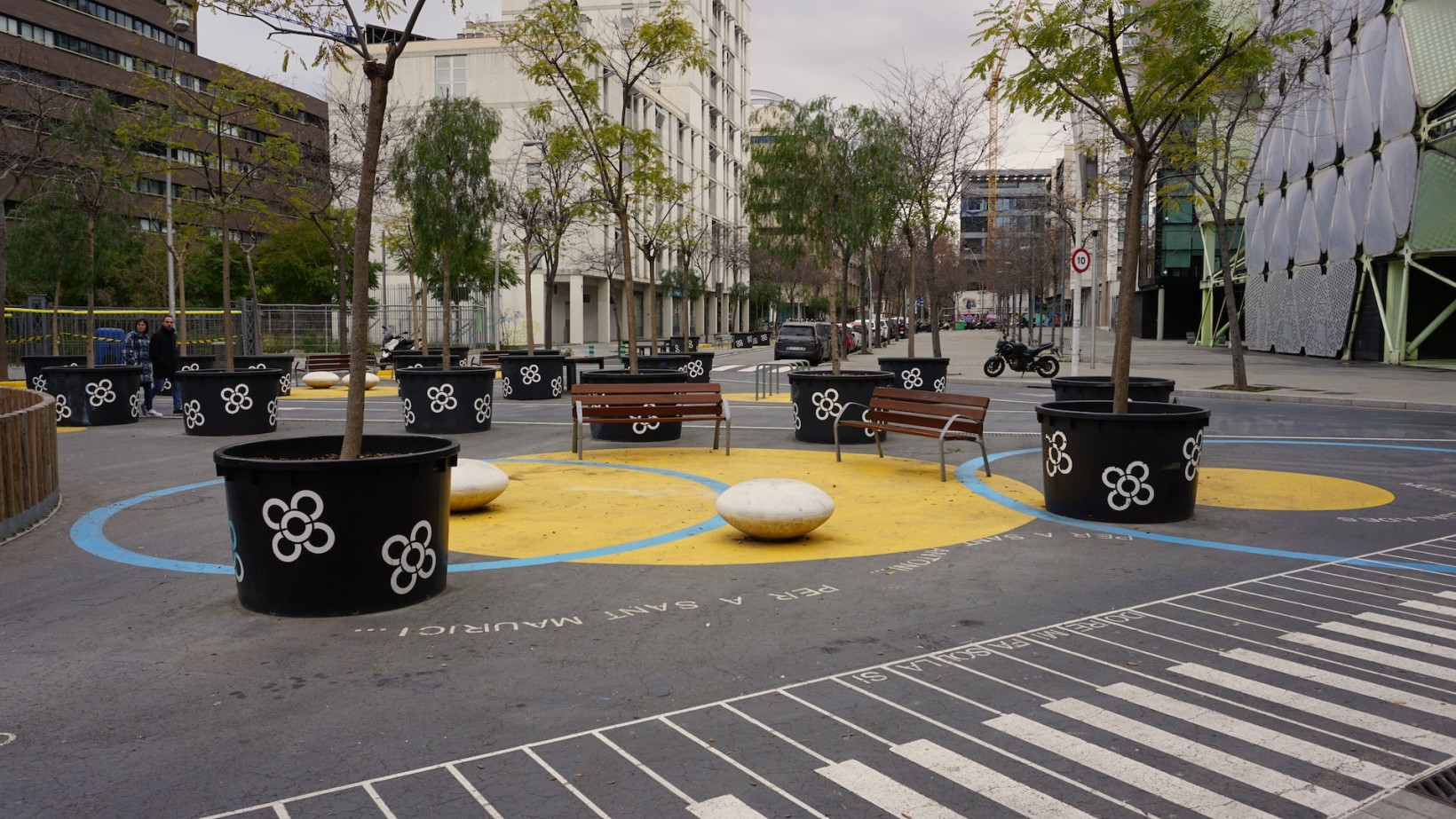
However, while this project has been lauded by city planners in fellow EU cities, some residents in the neighbourhoods where it’s been introduced have been less than enthusiastic. The pilot superblock project in the Poblenou neighbourhood faced political and civil society resistance. Several court cases have been brought against the project with a judge ruling in September 2023 that superblocks in the Eixample district would have to be restored to their former state.
Therein lies the quintessential challenge of urban mobility. Put simply, cities are full of people with different needs, jobs, attitudes, beliefs, political leanings, and behaviours. Any change being introduced by city planners has to come with a comprehensive plan to get residents on board. While superblocks might be a great concept for a parent who has more safe space to take their kids out, it might be a bigger burden for a business owner who needs to find a new way to transport goods.
Enhanced logistics planning will be key as traffic flows change. With this in view, one startup EIT Urban Mobility has invested in is Vonzu, a SaaS delivery and logistics management platform, aimed at giving businesses a full overview of all their urban deliveries from supply chain to couriers. As urban logistics become more complex with changing streets and caps on emissions, AI-powered recommendations and automation will be a necessity.
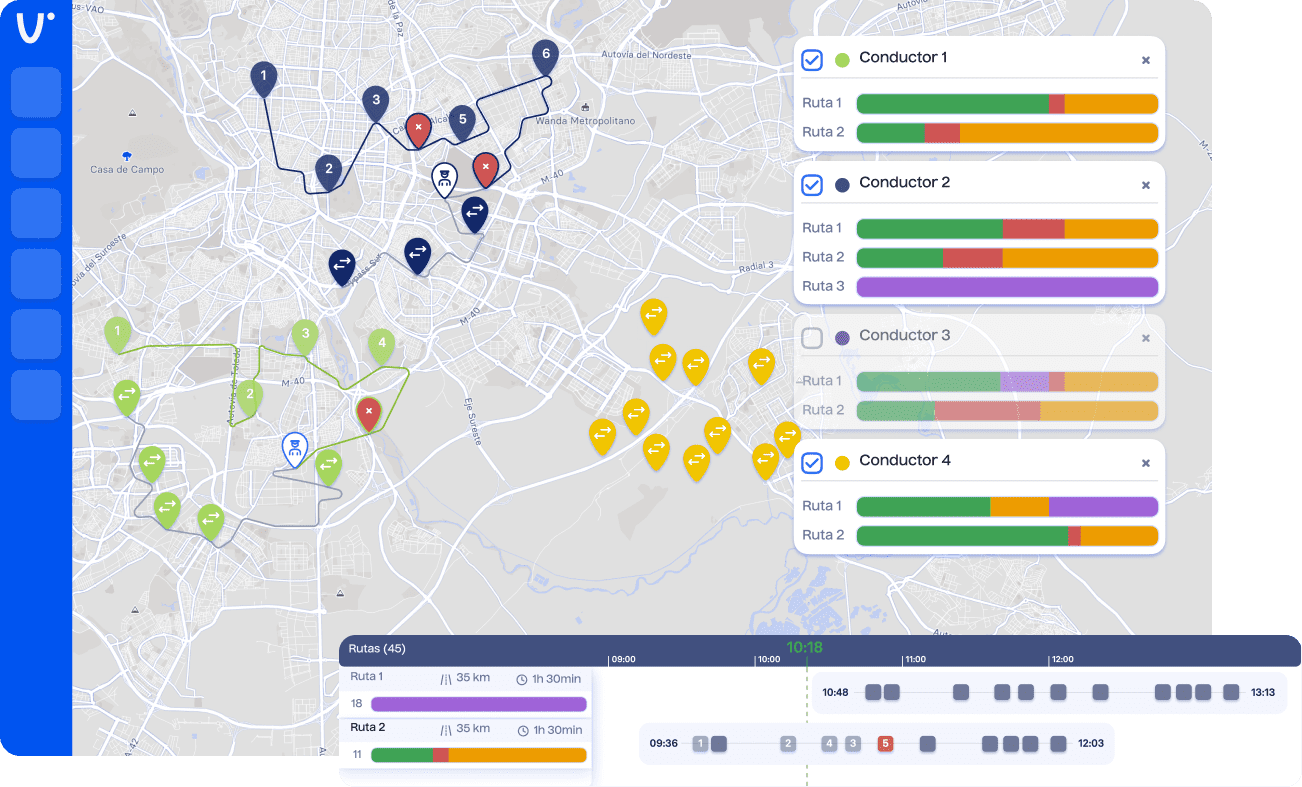
Along with reducing pollution and congestion, city planners also hope these changes will encourage citizens to choose healthier and more sustainable transport options. Rather than taking a car or bus to work, pedestrian zones and bike lanes could encourage more walking and biking. But changing behavioural patterns is even more complex than changing cityscapes.
Another interesting startup EIT Urban Mobility has invested in is Nudged, a company that encourages sustainable choices through behavioural design. A pilot in Gotland was able to reduce car commuting by 14% simply by ‘nudging’ commuters to choose more climate-friendly options. Another in Gothenburg helped make users 76% more positive about switching to cycling.
Waterways make a comeback
Many of Europe’s historic cities flourished along rivers and canals as boats were the fastest and most efficient way to transport large cargo, before the invention of motorised vehicles. These waterways were key to the movement of both goods and people.
Now, with the evolution of sustainable, autonomous mobility, we’re seeing a revival in waterborne transportation routes. “There are a lot of cities in Europe where public transport across harbours, rivers, and lakes could contribute a lot to changing the mobility patterns and making it much more environmentally friendly,” Hanell says.
On June 8th, Stockholm launched the world’s first commercial autonomous, electric ferry providing a shortcut for passengers across the harbour between Kungsholmen and Södermalm. Solar panels on the roof allow it to charge during the day, and it can be charged via electric plug at night. The ferry, built by Zeabuz, features radar, lidar, cameras, ultrasonic sensors, AI, and GPS technology which allow it to scan and navigate the waters safely.
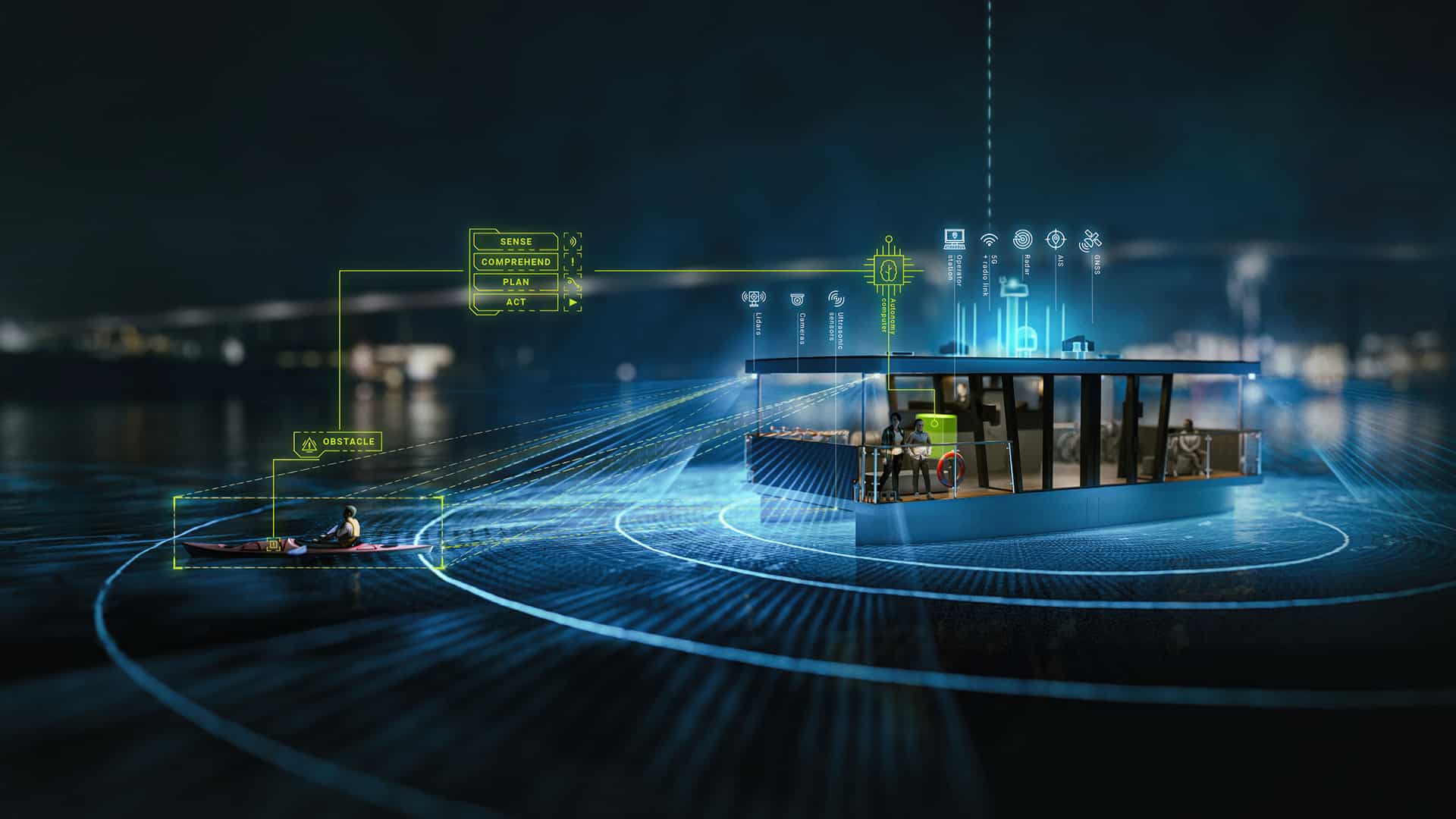
Meanwhile, the city of Paris is planning to introduce its own smart ferries, built by Norwegian startup Hyke, to provide extra transport routes across the Seine for visitors during the Summer Olympics in 2024.
Of course, cars aren’t going anywhere…
No matter how many pedestrian and cycling-friendly lanes we build in our cities, we’ll still need cars for longer haul journeys.
While the EU’s shift towards electric vehicles is a great step towards reducing both air and noise pollution, it’s also increasing its dependence on batteries. In fact, the EU predicts EV battery demand and production will increase at a rapid rate until 2030, but the bloc faces a looming shortage of raw materials to meet future demand. As Hanell explains, policymakers are already concerned about the effect this could have across the bloc:
One of the big challenges of Europe is that we’re currently very dependent on China and importing batteries. There are a lot of discussions going on about limiting the import of Chinese electric vehicles and also how we can make ourselves more independent of battery technologies.
Swedish startup Elonroad believes the solution could lay in electrifying Europe’s roads. Much like a power bank, the company has developed a conductive rail that can charge cars as they pass over them on the highway or trucks as they’re parked at a loading bay.
“If vehicles can charge while they’re driving or when they’re parked, then you don’t need as much battery capacity,” Hanell says.
The startup is already beginning a large project to electrify highways across France.

Another interesting startup working to meet this challenge is Circu Li-ion which aims to maximise the potential of each battery through upcycling. Rather than focusing on producing new batteries, giving existing batteries a second life is a great way to save CO2 and get the most out of the valuable raw materials inside. And investors are seeing the potential here too. Circu Li-ion recently raised €8.5mn in seed funding.
The future of mobility in Europe won’t be the same
As Hanell emphasised, there is no one size fits all solution to Europe’s mobility challenges. Copenhagen, with its bicycle culture, won’t necessarily follow the same urban mobility path as Madrid. “There are local flavours of everything.”
While the future of urban mobility may not look like a sci-fi movie with flying cars dotting the horizon, Hanell posits that:
The best solutions are pretty much low tech but every once in a while we find these gems, these innovations that can help people change.
Want to learn more about the future of mobility in Europe? EIT Urban Mobility will be hosting a session at Slush 2023 on “Where to invest next in the mobility sector.” Fredrik Hanell and other experts will address topics like how investment in mobility differs from other sectors, the opportunities, traps and where the sector is heading in the coming years. Check it out on 1st of December, 11:30 am GMT+2.
Get the TNW newsletter
Get the most important tech news in your inbox each week.
